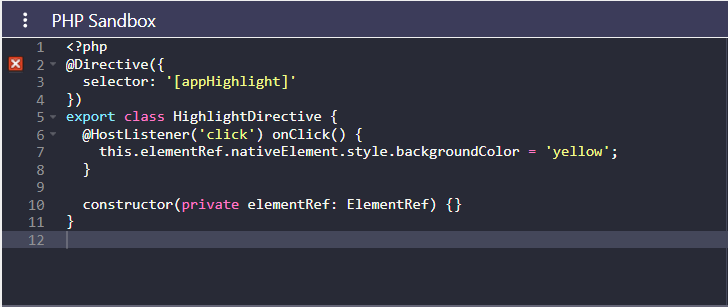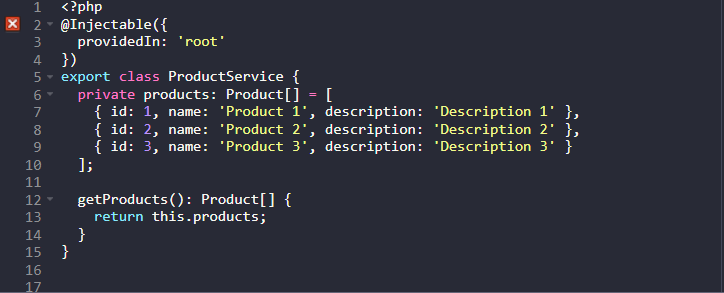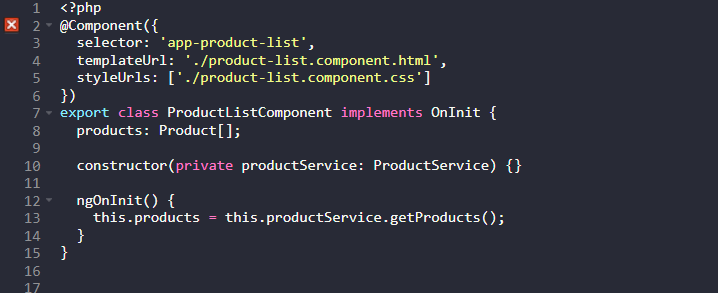Angular: A Comprehensive Guide to Building Robust Web Applications
Angular is a powerful JavaScript framework that was developed and is maintained by Google. It is designed to simplify the development of complex web applications by providing a comprehensive set of tools and features that make it easy to create dynamic and responsive user interfaces.
In this blog post, we will explore the key features of Angular and why it has become a popular choice for web application development.
Component-based Architecture
Angular’s component-based architecture is one of its key strengths. It allows developers to break down complex applications into smaller, reusable components. This approach makes it easier to manage application state and logic, while also improving performance.
For example, consider a simple shopping cart application. In this application, you might have components for displaying a list of products, adding products to a cart, and displaying the contents of the cart. Each of these components can be developed independently and can be easily reused in other parts of the application or in other applications altogether.
Templates
Angular’s templates are another key feature that makes it easier to develop dynamic and responsive user interfaces. Templates are HTML files that define the layout and structure of an application’s user interface. They can be used to render components, and provide a way to bind component properties to the user interface.
For example, consider a template that displays a list of products:

This template uses the *ngFor directive to loop over a list of products and render each one as a <div> element. It also uses Angular’s event binding syntax to attach a click event handler to a button that adds the selected product to a cart.
Directives
Angular’s directives are a way to extend the functionality of HTML elements. They can be used to create custom HTML tags, modify the behavior of existing HTML elements, and provide advanced functionality such as data binding and event handling.
For example, consider a custom directive that highlights the selected item in a list:

This directive uses the @Directive decorator to define a custom directive called appHighlight. It also uses the @HostListener decorator to attach a click event handler to the directive’s host element. When the element is clicked, the directive’s onClick method is called, which sets the element’s background color to yellow.
Services
Angular’s services are singleton objects that provide functionality that can be shared across different components of an application. They can be used to manage data access, handle network requests, and perform other operations that are not directly related to rendering the user interface.
For example, consider a service that provides a list of products:

This service uses the @Injectable decorator to define a singleton service called ProductService. It provides a method called getProducts that returns a list of product objects.
Dependency Injection
Angular’s dependency injection system makes it easy to manage dependencies between different parts of an application. It allows developers to define dependencies for a component or service and have Angular automatically inject them at runtime.
For example, consider a component that uses the ProductService to display a list of products:

This component uses the @Component decorator to define a component called ProductListComponent. It also uses the constructor to inject the ProductService dependency. Finally, the ngOnInit method is used to retrieve the list of products from the service and store them in a component property.
Conclusion
In conclusion, Angular is a powerful framework for building robust web applications. Its component-based architecture, templates, directives, services, and dependency injection system provide developers with a comprehensive set of tools for creating dynamic and responsive user interfaces. By breaking down complex applications into smaller, reusable components, developers can manage application state and logic more easily and improve performance. With its widespread adoption and continued development, Angular remains a popular choice for web application development, and its powerful features make it a valuable addition to any developer’s toolkit.
If you need any assistance in developing your company’s website, you are welcome to contact us – Web Design Malaysia!


